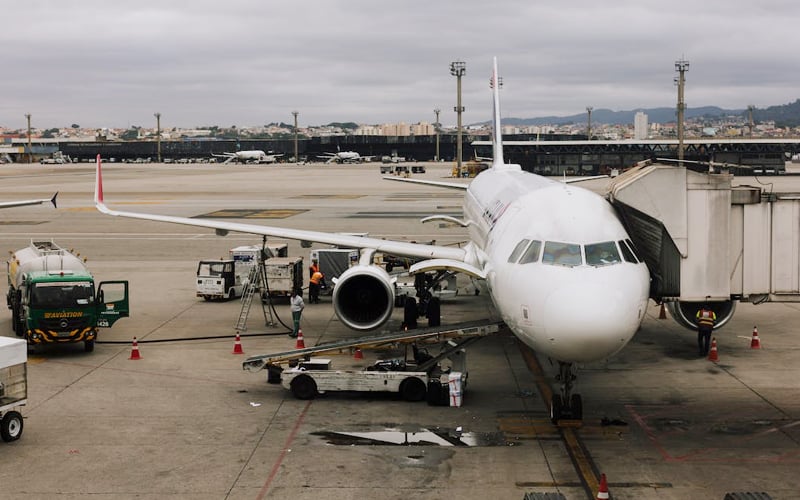
GENEVA: The government has been urged to consider tax breaks as an incentive to ramp up sustainable aviation fuel (SAF) production in order to support its 1% SAF blending mandate.
A blending mandate refers to a policy or regulation implemented by governments or aviation authorities that requires a certain percentage of SAF to be blended with conventional jet fuel.
Hemant Mistry, director of net zero transition at the International Air Transport Association (IATA), said such mandates, without efforts to ramp up SAF production, would result in “a failed policy”.
He added that penalties imposed for non-compliance with these mandates would then be transferred as costs to airlines and consumers.
Mistry said tax breaks should be explored, not only for SAF production but also for airlines that purchase SAF and blenders.
Asked if Putrajaya’s initiative to establish an initial 1% SAF blending mandate was a good start, Mistry said it was “part of a start”.
“I would really encourage that it be complemented by some form of incentive to get things going. So mandate is one thing, you need to make sure you facilitate the production, create that functioning market,” he told reporters on the sidelines of IATA’s Global Media Day here.
He said that as with all energy transition solutions, there was a need to create functioning markets before the industry can “get on and do business as it normally does”.
In addition to the 1% SAF blending mandate, the National Energy Transition Roadmap (NETR) also seeks to “incentivise investments in SAF production and infrastructure”, and develop a comprehensive framework for the progressive escalation of blending mandates in the long run.
In a panel discussion earlier, Mistry said policies on SAF usually take two approaches. The first involves governments collaborating with industry players and providing support such as funding to ramp up production and further technological advancements.
“Then you have mandates which are imposed on the industry. So they (mandates) are government-led but the risk is taken by the industry.”
Marie Owens Thomsen, IATA senior vice-president for sustainability and chief economist, called for a system that allows airlines to claim their SAF purchases against environmental obligations.
“All airlines need to be able to use their SAF purchases against these obligations, not only the airlines that are lucky enough to be located in a country or on a continent that produces the physical SAF.”
Last month, the International Civil Aviation Organisation (ICAO) adopted a new global framework for the use of lower emission fuels in the industry as part of its ambitions to reduce carbon dioxide emissions in international aviation by 5% in 2030.
It is expected that 682 million tonnes of carbon dioxide will be produced by international flights in 2030. This means the industry would need to reduce emissions by about 34 million tonnes through the use of SAF and low carbon aviation fuels.
Average global SAF production only made up some 3% of total renewable fuel output for 2023. It would need to reach up to 30% in order to meet ICAO’s goals. - FMT


No comments:
Post a Comment
Note: Only a member of this blog may post a comment.